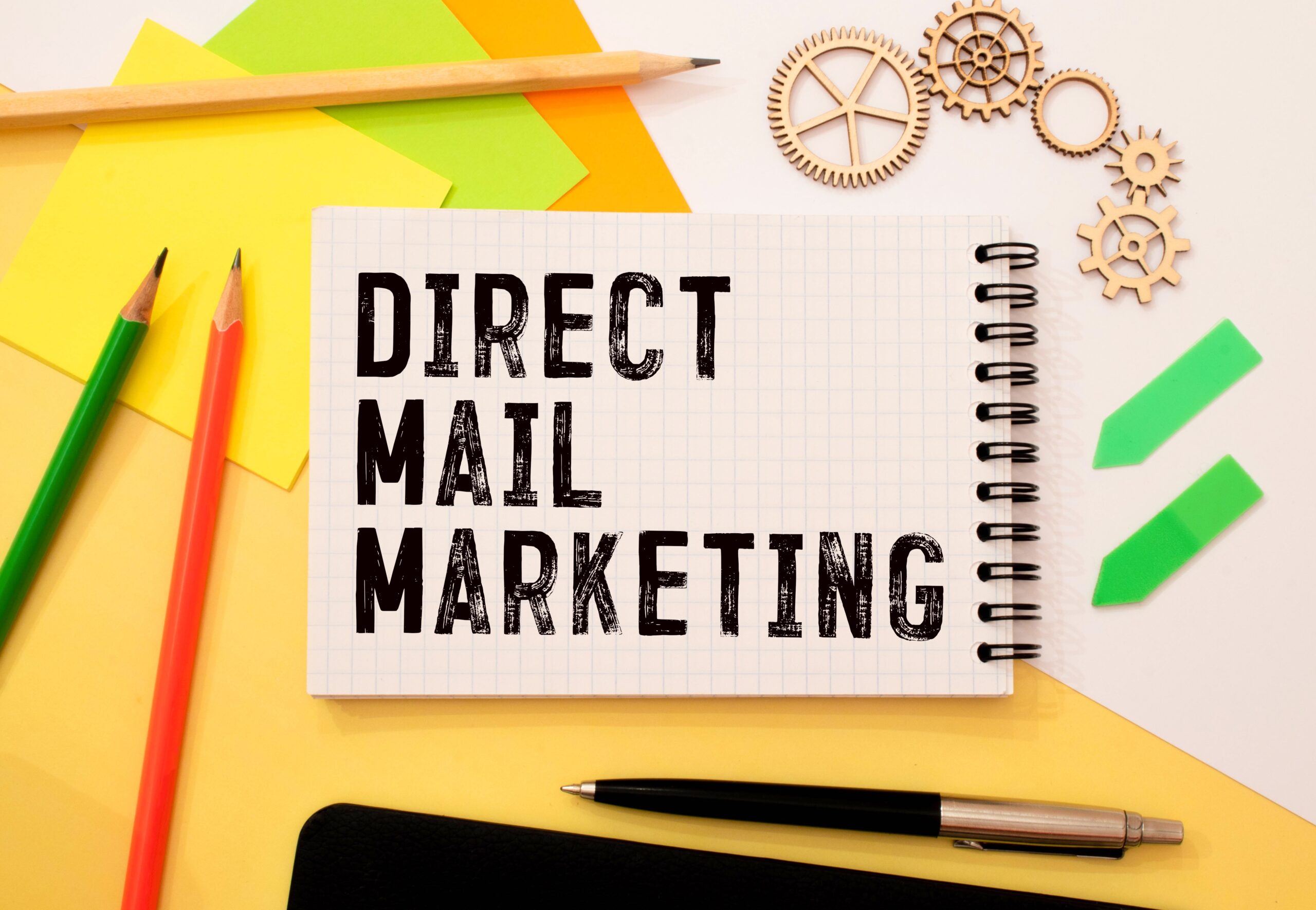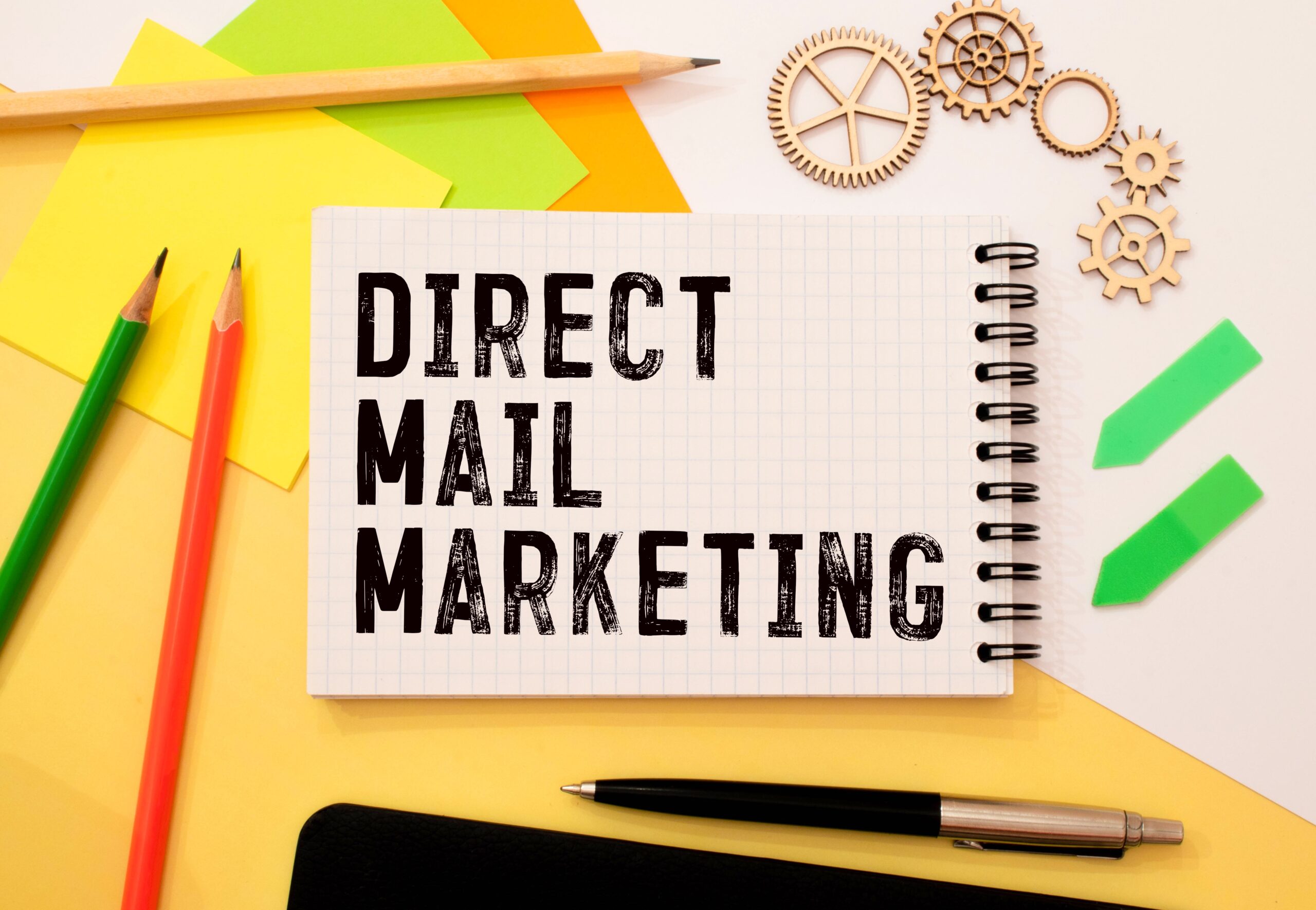
Does creating a content strategy plan feel like embarking on an endless marathon with no finish line in sight? You’re not alone. Towards the end of every year, many tech firms will be scrambling to lock in their content strategy plan for the next year. Let’s not sugarcoat it—this process can feel like a slog, especially if you’re a startup or a junior manager doing it for the first time. But it doesn’t have to be intimidating.
Whenever we embark on an ambitious project that involves committing to a schedule and setting clear goals and deadlines, it can create pressure and fears of falling short. Second, the dedication to consistency in creating and publishing content can cause anxiety with voices in our heads creeping in with questions such as “Am I staying relevant?” and “Am I coming up with themes and topics that are engaging enough for my audience?” Third, predicting future topics and staying ahead of trends can be daunting for those unfamiliar with the process.
A content strategy plan: Your compass through the chaos
If you asked me, I’d tell you that a content creation strategy is your North Star out of content chaos. Lack of a content schedule jeopardizes collaborative marketing efforts between writers and subject matter experts. Cue the domino effect of conflicting messages, missed deadlines and disjointed campaigns. Everything is done on the go or in the last minute. As a result, you risk failing to engage your audience and inadvertently help competitors seize the spotlight. Basically, not having a content strategy plan is a recipe for chaos that undermines your content strategy plan and hinders the seamless execution of various campaigns.
Create a content roadmap; own your marketing game
But establishing a content roadmap focuses your content marketing efforts and helps you navigate the deluge of marketing copy with purpose and efficiency. It’s also fun. Every business success starts out as an abstract concept before transforming into a tangible reality. In the same vein, charting your content for a whole year enables you to be creative when selecting topics and gives you the satisfaction of organizing ideas into a cohesive, palpable schedule. It empowers you by fostering a sense of control and accomplishment.
Besides being fun and creative, sketching a content creation strategy is important because content is important. More than 75% of chief marketing officers within the technology sector express strategic interest in content investment, according to a Bynder survey; and 69% of marketers worldwide consider investments in content as tactical decisions to protect their financial stability.
Tactical content planning supercharges your strategy
Content helps guide prospects through complexity and reduces ambiguity while earning their trust and generating demand. In other words, promotional materials fill the shoes of a sales person, without being annoying; prospects and partners don’t want to be spoon-fed marketing copy – they want to read it and digest it at their own pace. About 55% of decision makers use thought leadership content as an important way to vet organizations they consider working with, research conducted by LinkedIn and Edelman public relations and consultancy firm has revealed. Consider also that 75% of B2B buyers prefer a rep-free sales experience, according Gartner research.
Having a content creation strategy enables you to:
- Allocate resources efficiently. When you plan for future content publication, you can accelerate approval and review processes, and streamline your workflow.
- Reap SEO benefits. Consistently releasing marketing copy positively impacts search engine rankings and drives organic traffic to your company’s website.
- Publish content consistently. Adhering to a consistent publishing schedule helps you prevent gaps in communication and keeps the audience engaged.
- Implement a content strategy plan. Having a plan in place helps you align your marketing efforts with your company’s goals. It means you’re not shooting from the hip but creating highly targeted marketing campaigns.
- Engage your readers. Your audience is more likely to remain engaged if you publish marketing copy on a regular basis. When your readers know when to expect content, it builds trust and positions your company as an authoritative voice in the industry.
- Collaborate across teams. A content strategy plan promotes the joint effort among different departments and ensures that everyone is aligned while contributing to the communication framework.
A content creation strategy is a fluid blueprint
The key to stress-free content creation is to approach it with a low-stakes mindset. Don’t treat it as a high-stakes initiative. Think of it as a dynamic tool that can be tweaked as new trends and unforeseen circumstances come up. A number of things can happen that can throw a curveball in your content strategy plan.
- Consider this scenario: You have aligned a number of content pieces with an upcoming product release and then, just before the launch date, a competitor releases a similar offering.
- Or this one: There’s been a delay in the product development phase due to scope changes or resource constraints. Now you have to reschedule your original piece or replace it with an alternative asset.
- Other events can also disrupt your content strategy plan. Your company could be faced with a public relations crisis – a CEO suddenly quits or a data breach hits out of nowhere; a change in market conditions such as an economic downturn or a policy shift impacts product release; or a global event that affects the whole industry strikes unexpectedly. When COVID-19 hit, it changed content for a few of my clients for several months.
These scenarios are actually highly probable and they highlight the importance of being flexible when content planning. In successful tech firms, content is always product-led and products are subject to the dynamic nature of business environments so it’s vital to remain agile. In these case marketing teams need to be able to pivot quickly, either by postponing content pieces or reshuffling the scheduled items – all while making sure that the new marketing copy is relevant and sensitive to ongoing circumstances.
Marketing teams: Keep calm and don’t sweat the small stuff
Marketing teams often get bogged down by internal delays when developers and other subject matter experts are drowning in their own tasks. When that happens, straying from the original plan can hit hard, leaving you feeling like you’ve let yourself and your team down. Instead of feeling like a failure because you didn’t cross every i or crossed every t, remember that your focus should be on providing value for your prospects – not striving for perfection. Your content strategy plan is a tool that guides your content, it’s not a rigid framework.
Let your audience shape your content strategy plan
Another reason to treat your content strategy plan as a dynamic tool is because of your readers’ input. You should be learning from your readers’ response and applying those insights in adjusting the content strategy plan as needed. For instance, if analytics reveal a positive reception of an impromptu video presentation, it opens the door to creating more similar pieces while shelving plans to publish a special report.
A content strategy plan is an iterative and educational tool that evolves with the audience’s preferences and feedback. Users may hop between channels or face fluctuating satisfaction, demanding constant tweaks to keep the content sharp, impactful and on point. By embracing a mindset of continuous improvement you’ll be able to alleviate the pressure of constant content delivery and make scheduling more manageable.
Elevate your content planning with expert tips and tricks
Like any other marketing journey, embarking on a successful content strategy plan involves a plan of action. You may be surprised to learn how seamless the process actually turns out to be.
Let’s break it down into key steps:
- Set clear goals. What are you trying to achieve with your content marketing objectives? Think about whether you’re striving for brand exposure, lead generation, customer retention or something else. Clearly define your goals and the shape of your content strategy plan will emerge into focus.
- Know your readers. Who are you trying to reach with your marketing copy? Identify your target audience, then customize your messaging to meet its needs and preferences and address major pain points.
- Audit your content planning. What has worked well in the past and what needs improvement? Evaluating your existing content pieces will guide the framework of your content creation strategy.
- Determine your content type. What type of marketing copy makes most sense for your company? In the cybersecurity, telecommunications and renewable energy industries where the audience is likely more technical and looking for in-depth information, longer thought leadership content may be more applicable. White papers, eBooks and other reports enable you to delve into complex topics, providing detailed insights and solutions. For an SaaS start-up targeting a broader audience, shorter items such as blog articles, videos are more appropriate.
- Create a schedule. How often do you aim to publish your marketing copy? Publication frequency, peak posting times and consistency are important factors to consider.
- Incorporate SEO. Do your keyword research by identifying relevant keywords. Integrating them into your content will boost your search engine rankings and visibility.
- Brainstorm content topics. How does your marketing copy connect to your company’s bottom line? Establish overarching themes and topics that best align with your company’s business goals.
- Assign responsibilities. Clearly define roles based on your team members’ expertise and strengths.
- Pick a promotional strategy. Where do your prospects and clients hang out? Leverage social media, industry associations, newsletters, influences and other channels to maximize reach of each content piece.
- Remain flexible. Your content strategy plan will be subject to industry trends, real-time events and market dynamics. Be prepared to adapt it as various disruptions affect your business landscape.
- Track and analyze. How is your content performing? Monitor metrics such as traffic, conversion rates and engagement with analytics tools to tweak your content strategy plan.
- Evaluate and refine. Regularly revisit your content strategy plan and use insights to iterate your content pieces for continuous improvement.
Your 2025 content planning playlist
You may be wondering what mix of content pieces to publish next year. The scope and types of content assets will likely depend on the size of your organization, but it’s important to add variety to keep readers engaged. Consider including the following items on your content strategy plan for 2025:
- Blog articles. These posts are your prospects’ first entry point to your thought leadership content. Their curiosity is piqued. So roll out the welcome mat and show them you understand the challenges affecting their bottom line. Tell a story that resonates, avoid granular technicalities and invite them on a journey towards a desired outcome.
- Case studies. Show them how it’s done. With real-world examples that reveal how your solution solves specific problems, you can demonstrate effectiveness and build credibility. The beauty of case studies is that you don’t need to power up your creative engine – they’re persuasive on their own, providing evidence of the product’s value and its practical application.
- White papers and special reports. Roping them further in! Use these low-hype marketing tools to reduce your prospects’ anxiety about implementing your solution. The idea of putting new processes can feel like going down the rabbit hole. Explain the course of action in small, digestible pieces, while highlighting their benefits. Provide authentic context supplied by your clients.
- eBooks. Beefing up your credibility! This type of marketing copy takes the longest to produce. But it goes a long way to cement your company as an authority in your field. eBoooks and special reports demonstrate your expertise while showing your prospects that you’ve earned your stripes after slogging through the trenches. You know what works and, just as importantly, what doesn’t.
- Product guides. Varopis playbooks aren’t just unsung heroes of your content creation strategy – they’re the main stars of user enlightenment. Use product guides to unpack insider tips and unleash the full potential of your digital stack. These content assets act as mentors to your clients so when they adopt your solution the process feels less like a confusing maze and more like a guided adventure.
- Surveys. Polls are like secret agents that gather intel from the trenches of user experience. They enable you to take the pulse of your users on various user touch points and experiences to extract the juiciest insights. Surveys have the power to be real content blockbusters and reveal the desires and pain points of your audience.
- Webinars. Online seminars are the rocks concerts of the tech world – live, interactive and an opportunity for your brand to shred the stage. More than a virtual gathering, webinars are a direct line to your audience’s attention. They’re your chance to talk beyond your product, answer burning questions and turn a passive audience into a pool of potential customers.
- Interactive tools. Quizzes, calculators or virtual experiences turn your content into a two-way conversation that empowers prospects and users. Your marketing copy is not just a spectator sport – it’s a dynamic, engaging experience. Think of interactive tools as headlining acts that grab your audience’s attention and say, “Let’s have some fun.”
- FAQs. Your readers are a curious bunch armed with questions. What better way to have those questions answered than by FAQs? In the mosh pit of digital overload, FAQs act as gatekeepers of clarity, delivering bite-sized, palatable responses. No more dense manuals or decoding tech jargon – FAQs cut right to the chase to prevent user frustration.
- Infographic. Any time you deliver information, data or know-how in a visually appealing format, you’re making it easier for your prospects to understand and remember the marketing copy. This is because infographics simplify complex technical information and make it more digestible for a broader audience. In our visually-driven landscape, infographics convey key messages efficiently and grab attention which makes them highly sharable on social media.
- Demos. On your way to a home run! Now all you have to do is present the demo in a targeted and interactive way. Deliver a professional presentation that seems casual. This way, the demo will feel like a real conversation, not some stale sales pitch that could’ve been churned out by AI.
Embrace the unpredictable when content planning
Setting out on creating your content strategy plan can feel like an endless race, especially if you’re part of a startup or a first-time manager. Although the pressure of committing to schedules, maintaining engagement and forecasting future trends adds to the challenge, a content strategy plan is your guiding compass through content mayhem. It provides a roadmap for an efficient delivery of your content strategy plan, while fostering creativity and offering the flexibility needed to adapt to changing circumstances and emerging trends.
Content calendars also empower marketing teams to efficiently allocate resources, enhance SEO, maintain a consistent publishing schedule, implement a strategic plan, engage your audience and foster collaboration across teams for effective communication and goal alignment. Competitor decisions or internal delays can disrupt plans out of the blue so treat your content strategy plan as a dynamic tool, instead of a high-stakes endeavor. Remaining agile enables you to make quick pivots while staying relevant and adapt to changing scenarios such as market shifts, public relations crises and global events.
Agile content planning: Stay focused and adapt fast
Stay nimble, but don’t lose sight of your targets. When it comes to content planning, set clear goals—whether you’re driving brand exposure, generating leads, or boosting customer retention. Understand your readers, evaluate the success of your existing content and decide on the appropriate content type. With these tasks out of the way, create a publishing schedule, integrate SEO principles and come up with topics that support your company’s business objectives. By assigning responsibilities, selecting a promotional course of action and adapting to industry trends and events, you’ll be able to better navigate the complexity of content design and publication. Lastly, don’t forget to track and analyze performance metrics, and regularly review and iterate for continuous improvement.
Another important thing to remember is that crafting a diverse content creation strategy can make or break your audience engagement. From welcoming blog articles and credibility-building case studies to anxiety-easing white papers, authority-establishing eBooks, and rockstar product guides, don’t forget to mix things up. Surveys gather intel, webinars entertain, and interactive tools engage, while FAQs provide clarity, and demos seal the deal.
Conclusion
Think of content calendars as adaptable guides to content delivery and embrace the feedback loop with your readers. Learn from their responses to adjust and refine the content strategy plan accordingly. This way you’ll deliver marketing copy that resonates with your prospects and but make the process of creating targeted marketing campaigns much more manageable for you and your team.
Ready to ditch the guesswork and get tactical? Sign up for my newsletter to improve your content strategy plan with expert tips, strategies, and no-fluff insights—straight to your inbox. Let’s make your content planning smarter, not harder.







